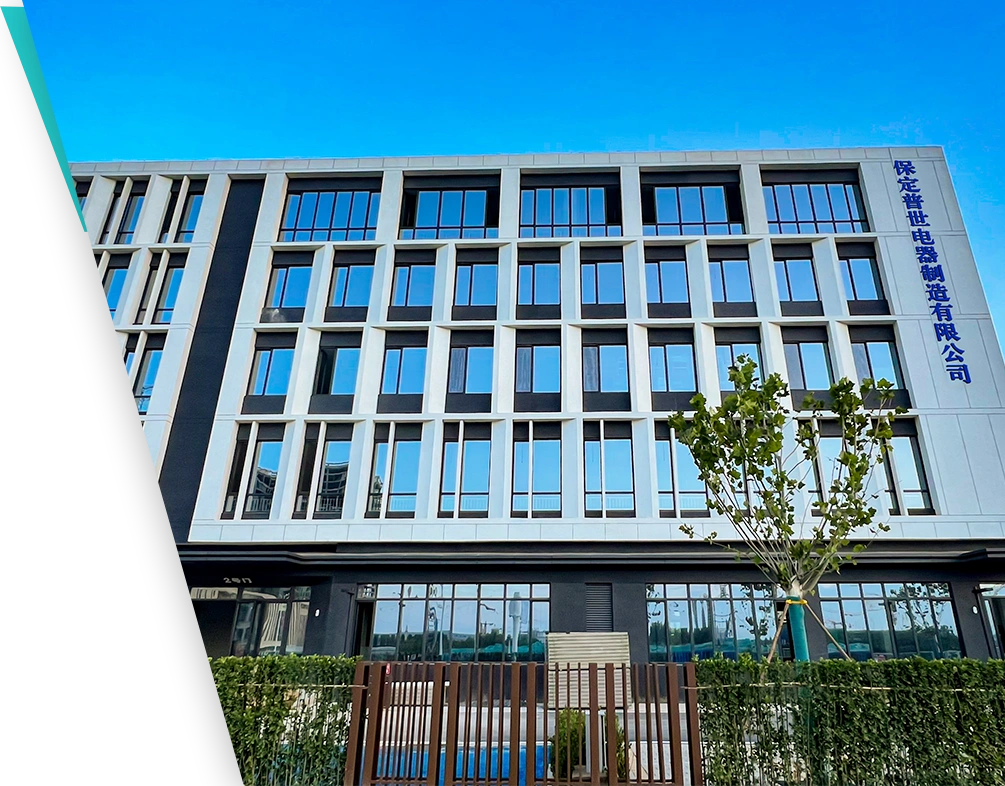 English
English



-
 Afrikaans
Afrikaans -
 Albanian
Albanian -
 Amharic
Amharic -
 Arabic
Arabic -
 Armenian
Armenian -
 Azerbaijani
Azerbaijani -
 Basque
Basque -
 Belarusian
Belarusian -
 Bengali
Bengali -
 Bosnian
Bosnian -
 Bulgarian
Bulgarian -
 Catalan
Catalan -
 Cebuano
Cebuano -
 China
China -
 China (Taiwan)
China (Taiwan) -
 Corsican
Corsican -
 Croatian
Croatian -
 Czech
Czech -
 Danish
Danish -
 Dutch
Dutch -
 English
English -
 Esperanto
Esperanto -
 Estonian
Estonian -
 Finnish
Finnish -
 French
French -
 Frisian
Frisian -
 Galician
Galician -
 Georgian
Georgian -
 German
German -
 Greek
Greek -
 Gujarati
Gujarati -
 Haitian Creole
Haitian Creole -
 hausa
hausa -
 hawaiian
hawaiian -
 Hebrew
Hebrew -
 Hindi
Hindi -
 Miao
Miao -
 Hungarian
Hungarian -
 Icelandic
Icelandic -
 igbo
igbo -
 Indonesian
Indonesian -
 irish
irish -
 Italian
Italian -
 Japanese
Japanese -
 Javanese
Javanese -
 Kannada
Kannada -
 kazakh
kazakh -
 Khmer
Khmer -
 Rwandese
Rwandese -
 Korean
Korean -
 Kurdish
Kurdish -
 Kyrgyz
Kyrgyz -
 Lao
Lao -
 Latin
Latin -
 Latvian
Latvian -
 Lithuanian
Lithuanian -
 Luxembourgish
Luxembourgish -
 Macedonian
Macedonian -
 Malgashi
Malgashi -
 Malay
Malay -
 Malayalam
Malayalam -
 Maltese
Maltese -
 Maori
Maori -
 Marathi
Marathi -
 Mongolian
Mongolian -
 Myanmar
Myanmar -
 Nepali
Nepali -
 Norwegian
Norwegian -
 Norwegian
Norwegian -
 Occitan
Occitan -
 Pashto
Pashto -
 Persian
Persian -
 Polish
Polish -
 Portuguese
Portuguese -
 Punjabi
Punjabi -
 Romanian
Romanian -
 Russian
Russian -
 Samoan
Samoan -
 Scottish Gaelic
Scottish Gaelic -
 Serbian
Serbian -
 Sesotho
Sesotho -
 Shona
Shona -
 Sindhi
Sindhi -
 Sinhala
Sinhala -
 Slovak
Slovak -
 Slovenian
Slovenian -
 Somali
Somali -
 Spanish
Spanish -
 Sundanese
Sundanese -
 Swahili
Swahili -
 Swedish
Swedish -
 Tagalog
Tagalog -
 Tajik
Tajik -
 Tamil
Tamil -
 Tatar
Tatar -
 Telugu
Telugu -
 Thai
Thai -
 Turkish
Turkish -
 Turkmen
Turkmen -
 Ukrainian
Ukrainian -
 Urdu
Urdu -
 Uighur
Uighur -
 Uzbek
Uzbek -
 Vietnamese
Vietnamese -
 Welsh
Welsh -
 Bantu
Bantu -
 Yiddish
Yiddish -
 Yoruba
Yoruba -
 Zulu
Zulu
chromatograph
Chromatography is an essential analytical technique that plays a pivotal role in various fields, including chemistry, biochemistry, and environmental science. The fundamental principle of chromatography is based on the separation of components in a mixture by their distribution between two phases a stationary phase and a mobile phase. This process allows scientists to isolate and analyze different substances within a complex mixture, making it an invaluable tool in both research and industry.
The history of chromatography dates back to the early 1900s when Russian botanist Mikhail Tswett first used the technique to separate plant pigments. The term chromatography, derived from the Greek words chroma (color) and grapho (to write), reflects Tswett's initial focus on colored compounds. Over the years, chromatography has evolved into various forms, each tailored to specific applications, such as gas chromatography (GC), liquid chromatography (LC), and thin-layer chromatography (TLC). Each method utilizes different mechanisms for separation, which can be chosen based on the properties of the substances being analyzed.
In gas chromatography, a vaporized sample is carried by a gas (usually an inert carrier gas like helium or nitrogen) through a column containing the stationary phase. Components in the sample interact differently with the stationary phase, leading to varying retention times and allowing for their separation. This technique is widely used in environmental analysis, pharmaceuticals, and food safety to detect volatile compounds.
Liquid chromatography, on the other hand, involves the separation of liquid samples
. High-performance liquid chromatography (HPLC) is a highly efficient form that applies high pressure to push the sample through the column. HPLC is particularly effective for separating complex mixtures of biomolecules, making it a cornerstone in pharmaceutical development for drug formulation and quality control.chromatograph

Thin-layer chromatography, a simpler and more cost-effective method, uses a flat plate coated with a thin layer of stationary phase. The sample is spotted on the plate, and as the mobile phase moves through capillary action, different components migrate at different rates, resulting in separation. TLC is particularly useful for rapid qualitative analysis and monitoring reaction progress in the laboratory.
The applications of chromatography are vast. In the pharmaceutical industry, it plays a crucial role in drug development and ensuring product purity. In environmental science, chromatography is used to analyze pollutants and toxins in air, water, and soil, aiding in environmental protection efforts. Moreover, the food industry relies on chromatography for quality control and to ensure the safety of consumables by detecting harmful substances.
In conclusion, chromatography is a powerful analytical technique that has revolutionized the way scientists separate and analyze mixtures. Its versatility and effectiveness have led to its widespread use across various industries, making it an indispensable tool in both research and practical applications.
-
Testing Equipment Industry Sees Major Advancements in 2025: Smart & Precision Technologies Lead the WayNewsJun.06,2025
-
Applications of Direct Current Generators in Renewable Energy SystemsNewsJun.05,2025
-
Hipot Tester Calibration and Accuracy GuidelinesNewsJun.05,2025
-
Digital Circuit Breaker Analyzer Features and BenefitsNewsJun.05,2025
-
Benefits of Real-Time Power Quality Monitoring Devices for Industrial EfficiencyNewsJun.05,2025
-
Earth Fault Loop Testing in High-Rise Building Electrical SystemsNewsJun.05,2025



